The summer heatwave has been unexpectedly productive for the UK’s archaeologists, who have discovered thousands of years of buried history in various locations across the country.
Neolithic ceremonial monuments, Iron Age settlements and a Roman farm have been all been revealed, as dry weather and lack of rain allowed cropmarks – areas where archaeological features can be easily seen from the air – to form faster.
New photographs released by Historic England show the discoveries, which include a prehistoric ceremonial landscape near Eynsham, Oxfordshire.
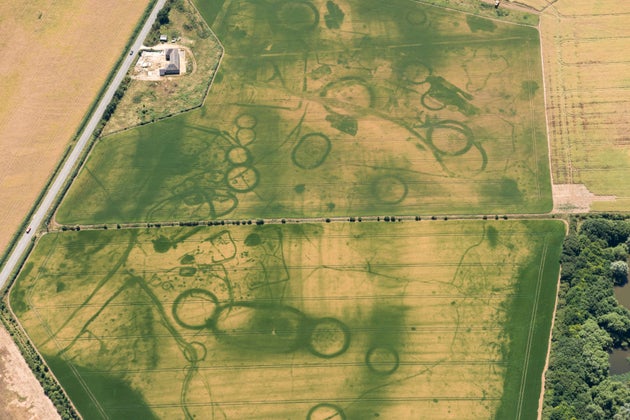
Another aerial photograph shows an unusual triple-ditched circular enclosure, which indicates the remains of a Bronze Age burial mound in Derbyshire.
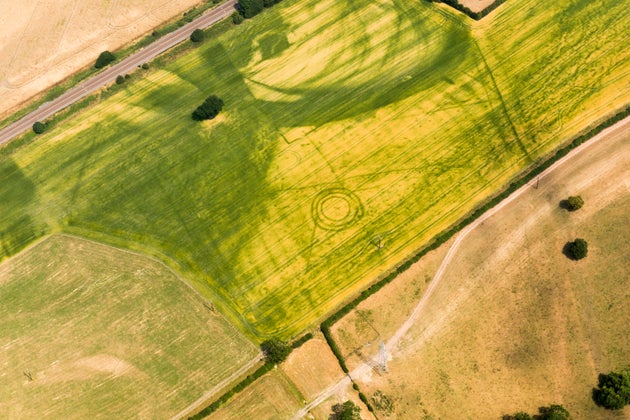
Helen Winton, mapping manager at Historic England, described 2018 as a “potential bumper year” for archaeologists.
“It is very exciting to have hot weather for this long,” she said. “2011 was the last time we had an exceptional year, when we discovered over 1,500 sites, with most on the claylands of eastern England.”
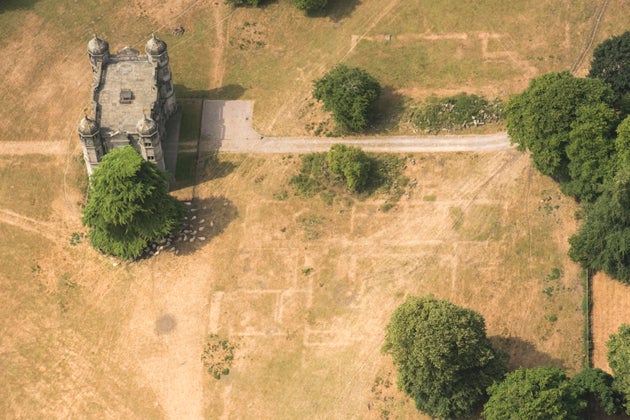
In Cornwall, the heatwave has allowed for the discovery of new information on the type of prehistoric settlements that existed there more than 4,000 years ago.
The variety of cropmarks provides an insight into the distribution of settlements, with the circle indicating structures were in place during the Bronze Age.
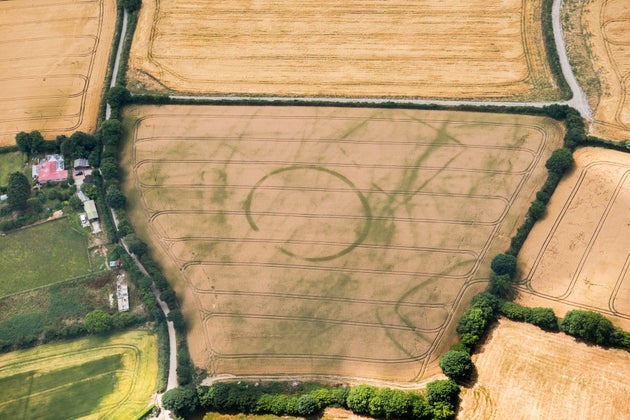
Another image, which looks slightly less impressive to the untrained eye, shows long rectangles believed to be Neolithic cursus monuments, one of the oldest monument types in the country.
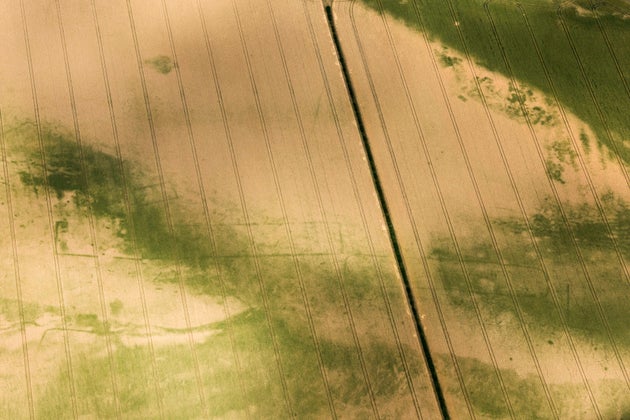
It’s believed the monuments date between 3600 and 3000BC.
Duncan Wilson, Historic England’s chief executive, said: “This spell of very hot weather has provided the perfect conditions for our aerial archaeologists to ‘see beneath the soil’, as cropmarks are much better defined when the soil has less moisture.
“The discovery of ancient farms, settlements and Neolithic cursus monuments is exciting.
“The exceptional weather has opened up whole areas at once rather than just one or two fields and it has been fascinating to see so many traces of our past graphically revealed.”


